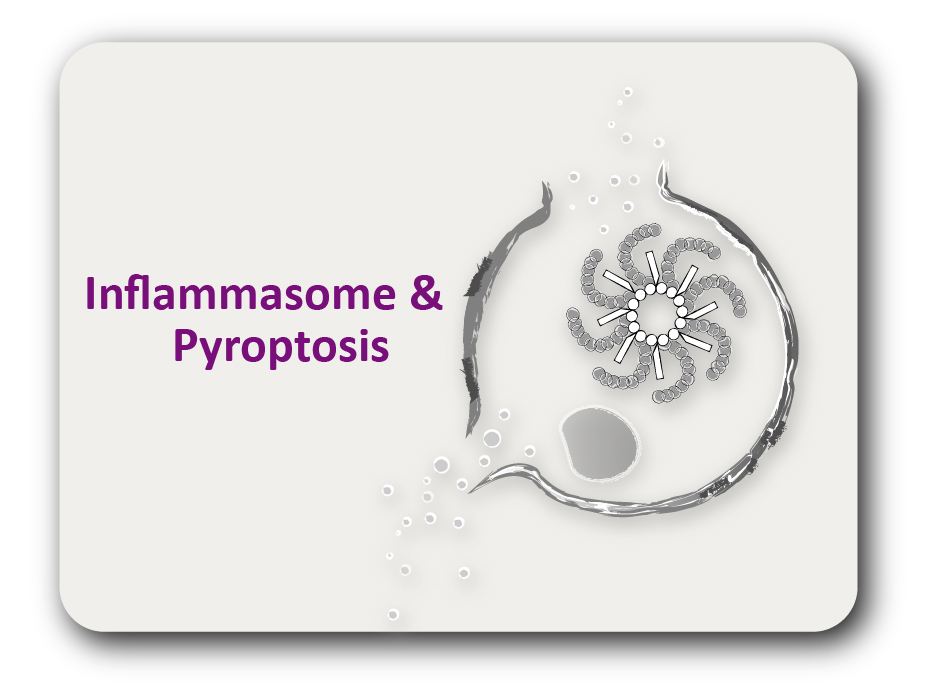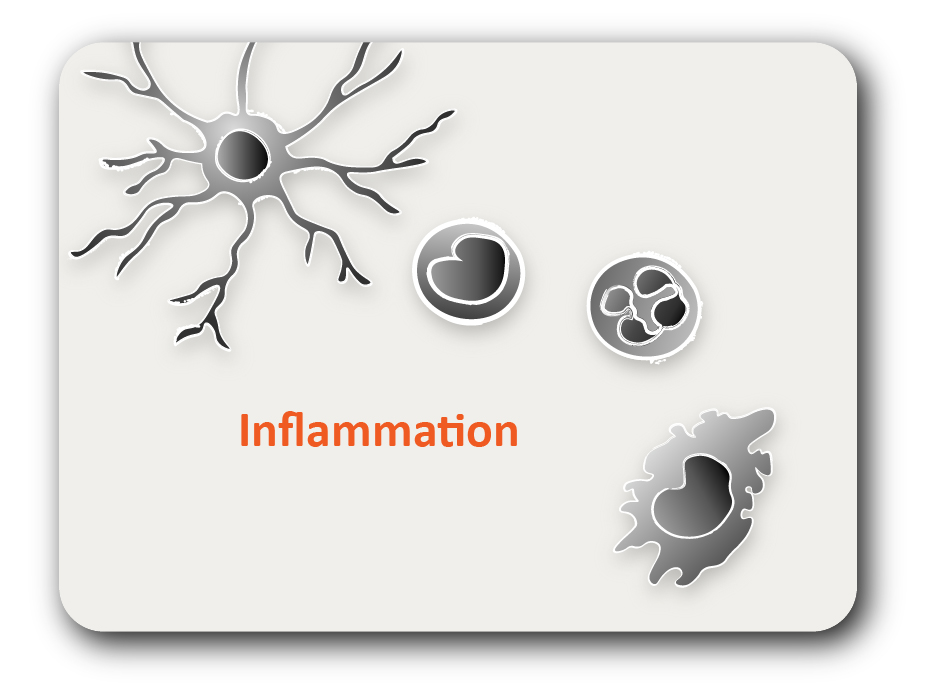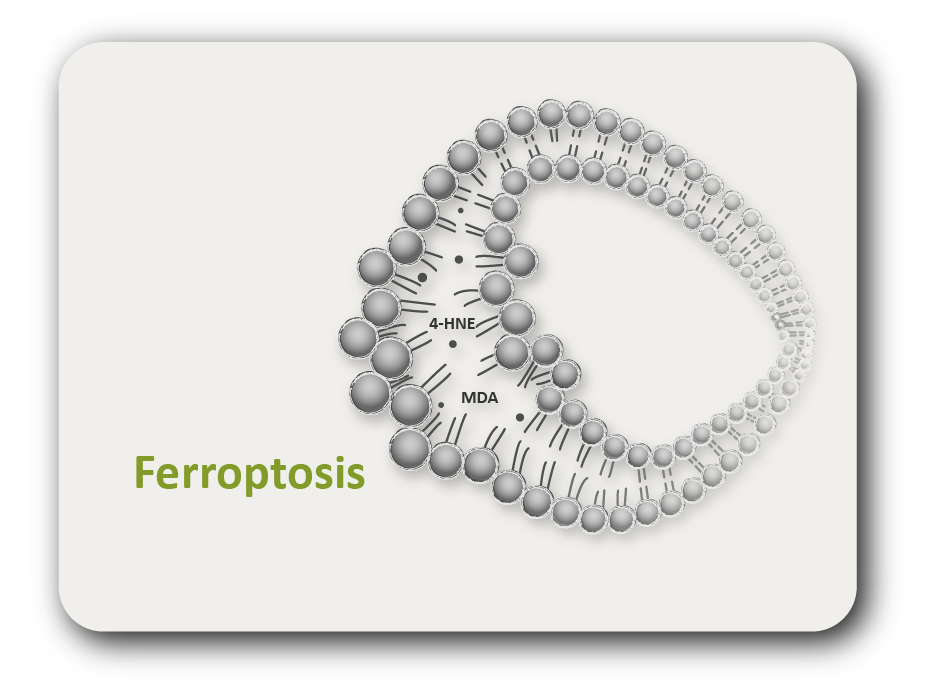ARG45342
anti-CRIM1 antibody [16G1]
anti-CRIM1 antibody [16G1] for IHC-Formalin-fixed paraffin-embedded sections and Human
Overview
| Product Description | Mouse Monoclonal antibody [16G1] recognizes CRIM1 |
|---|---|
| Tested Reactivity | Hu |
| Tested Application | IHC-P |
| Host | Mouse |
| Clonality | Monoclonal |
| Clone | 16G1 |
| Isotype | IgG1 |
| Target Name | CRIM1 |
| Antigen Species | Human |
| Immunogen | Recombinant Human CRIM1. |
| Conjugation | Un-conjugated |
| Alternate Names | CRIM1; Cysteine Rich Transmembrane BMP Regulator 1; S52; Cysteine Rich Transmembrane BMP Regulator 1 (Chordin-Like); Cysteine-Rich Repeat-Containing Protein S52; Cysteine-Rich Motor Neuron 1 Protein; CRIM-1; Cysteine-Rich Motor Neuron 1 |
Application Instructions
| Application Suggestion |
|
||||
|---|---|---|---|---|---|
| Application Note | * The dilutions indicate recommended starting dilutions and the optimal dilutions or concentrations should be determined by the scientist. |
Properties
| Form | Powder |
|---|---|
| Purification | Protein G chromatography |
| Buffer | PBS |
| Reconstitution | PBS |
| Concentration | 0.2 mg/ml |
| Storage Instruction | For continuous use, store undiluted antibody at 2-8°C for up to a week. For long-term storage, aliquot and store at -20°C or below. Storage in frost free freezers is not recommended. Avoid repeated freeze/thaw cycles. Suggest spin the vial prior to opening. The antibody solution should be gently mixed before use. |
| Note | For laboratory research only, not for drug, diagnostic or other use. |
Bioinformation
| Database Links |
Swiss-port # Q9NZV1 Human Cysteine-rich motor neuron 1 protein |
|---|---|
| Gene Symbol | CRIM1 |
| Gene Full Name | Cysteine Rich Transmembrane BMP Regulator 1 |
| Background | This gene encodes a transmembrane protein containing six cysteine-rich repeat domains and an insulin-like growth factor-binding domain. The encoded protein may play a role in tissue development though interactions with members of the transforming growth factor beta family, such as bone morphogenetic proteins. [provided by RefSeq, Nov 2010] |
| Function | May play a role in CNS development by interacting with growth factors implicated in motor neuron differentiation and survival. May play a role in capillary formation and maintenance during angiogenesis. Modulates BMP activity by affecting its processing and delivery to the cell surface. [UniProt] |
| Cellular Localization | Cell membrane; Membrane; Secreted. [UniProt] |
| Calculated MW | 114 kDa |
| PTM | Disulfide bond; Glycoprotein; Phosphoprotein. [UniProt] |
Images (1) Click the Picture to Zoom In





